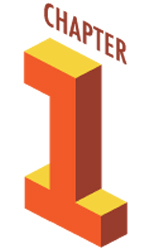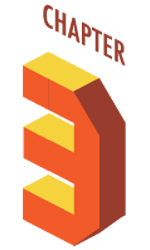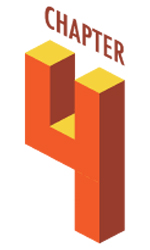The in-depth resource gives educators the research and the tools to select and use educational games in the classroom.
Digital games are fast becoming an indispensable tool in modern-day classrooms, but finding the right educational game and fitting it into the curriculum can be a huge challenge for any educator. KQED’s learning and education technology blog MindShift has launched the MindShift Guide to Digital Games and Learning, a comprehensive guide that simplifies the selection and use of digital games in the classroom. Based on the most up-to-date research and with detailed case studies, the guide takes educators beyond rating scores and simple listicles. MindShift provides a detailed and easy-to-follow process to choosing the best educational games and using digital games in the classroom alongside trusted recommendations.
The MindShift Guide to Digital Games and Learning began as a series of blog posts written by Jordan Shapiro with support of the Joan Ganz Cooney Center at Sesame Workshop and the Games and Learning Publishing Council. It brings together the most relevant highlights of Shapiro’s and MindShift’s reporting to create a dynamic, in-depth guide that answers many of the most pressing questions that educators, parents and life-long learners have raised around using digital games for learning.
“This guide will help people have the tools to discern the educational value of a game,” said Ki Sung, Senior Editor for MindShift and KQED Interactive. “We had educators in mind when developing the guide, but the lessons here can be applied to any lifelong learner.”
A QUICK LOOK AT THE MINDSHIFT GUIDE TO DIGITAL GAMES AND LEARNING
| Introduction: Getting in the Game
An overview of games in the classroom from Katie Salen Tekinbas, executive director of the Institute of Play. |
|
 |
What the Research Says About Gaming and Screen Time
Much of the research around digital games and screen time is evolving. Pediatricians, academics, educators, and researchers are working to find answers to how games and technology affect learners of all ages. |
 |
How to Start Using Digital Games for Learning
Since each learning environment is unique, here are some steps to assessing your resources before committing to a particular game or platform. See how some educators are using digital games in the classroom and how they find support. |
 |
How to Choose a Digital Learning Game
The sheer volume of games classified as educational can be overwhelming. This section gives you a starting point for game selection by providing an understanding of the types of games available in the marketplace and how to go about choosing them. |
 |
Overcoming Obstacles for Using Digital Games in the Classroom
As game use in the classroom continues to grow, barriers to deployment also need to be addressed. A recent survey of teachers outlines exactly which obstacles get in the way of successful implementation; solutions to those concerns are outlined in this section. |
 |
How Teachers Are Using Games in the Classroom
Examples of how teachers use games are embedded throughout the guide (including video examples), but this section takes an in-depth look at how some teachers are using games in the classroom and their real-life struggles and victories. |
ABOUT MINDSHIFT
Launched in 2010 by KQED and NPR, MindShift explores the future of learning in all its dimensions, covering cultural and technology trends, innovations in education, groundbreaking research, education policy and more. Recent coverage has included unschooling, design thinking, trust and technology and girls and praise. MindShift is a service of KQED and is the public media institution’s most popular blog with more than 1.1 million unique visitors a month.

